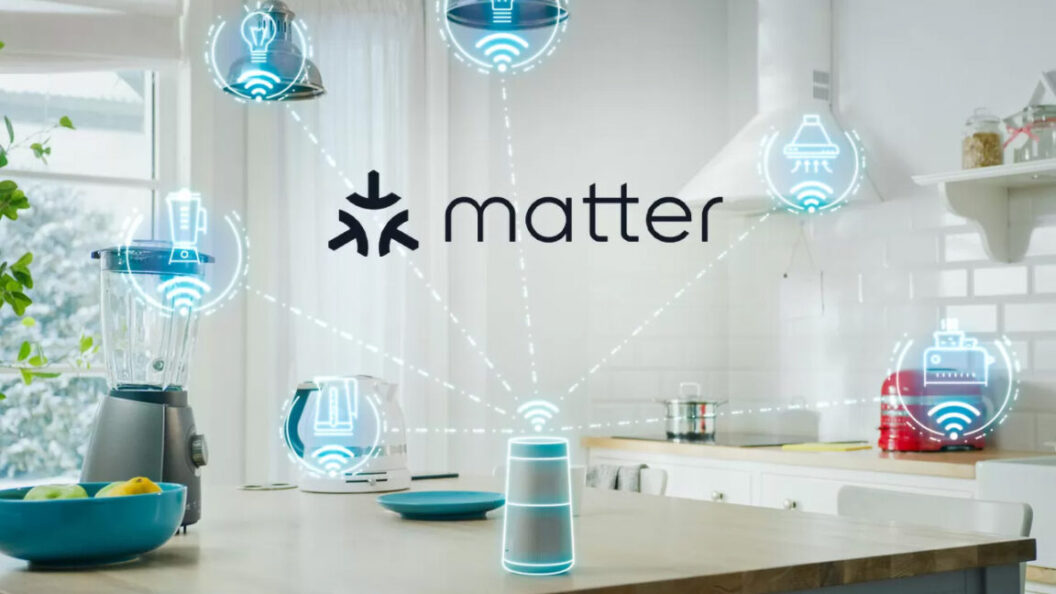Streamlining Smart Home Setups: The Launch of Matter 1.4.1
In the evolving landscape of smart home technology, connectivity standards have often been a source of confusion for consumers. With a myriad of incompatible devices and platforms, finding a cohesive solution has been challenging. However, the introduction of Matter—an open-source connectivity standard—promises to simplify this complexity. The latest version, Matter 1.4.1, has launched, bringing new features intended to ease the notoriously frustrating setup process for smart home devices.
Matter: A Quick Overview
Released initially in late 2022, Matter has gradually gained traction as a universal standard for smart home devices, enabling them to communicate seamlessly across various platforms like Apple, Google, and Amazon. This multi-platform compatibility is not just an ambitious goal but an essential move in a market saturated with incompatible devices. The introduction of Matter 1.4.1 aims to enhance this interoperability even further.
Key Features of Matter 1.4.1
Simplified Setup with Multi-Device QR Codes
One of the most significant improvements in Matter 1.4.1 is the implementation of multi-device QR codes. These codes allow manufacturers to bundle all the devices in a package, such as smart bulbs or plugs, so that a single scan pairs all items with your smart home system. This advancement addresses a common pain point for consumers, aiming to reduce the tediousness often associated with setting up multiple devices.
NFC Tag Integration
Additionally, Matter 1.4.1 introduces Near Field Communication (NFC) tags embedded in smart home products. This feature enables users to simply tap their smartphones on a device to add it to their system. This option is particularly beneficial for installations where QR codes may not be easily visible, offering a seamless alternative for device pairing.
Terms and Conditions Made Easy
The updated standard also integrates terms and conditions directly into the setup process. This enhancement could potentially streamline compliance and information accessibility for consumers, helping them understand the rules governing the use of their devices.
Addressing Common Challenges
Despite the promising developments, the market’s previous issues with interoperability and user frustration remain pertinent. Many users have reported difficulties in getting devices from different manufacturers to work together effectively. The shift towards a unified standard like Matter represents a crucial step in addressing these challenges. However, the ultimate effectiveness of the standard depends on widespread adoption by both manufacturers and consumers.
The Broader Impact of Matter
The significance of Matter 1.4.1 extends beyond mere convenience; it aims to foster a more inclusive smart home ecosystem. By encouraging compatibility across devices, it opens up opportunities for users to mix and match products from various brands without the fear of encountering connection issues. This broad acceptance could potentially lead to increased innovation as manufacturers find it more advantageous to develop new products that work seamlessly within the Matter framework.
Conclusion: A Future Without Frustrations?
The introduction of Matter 1.4.1 is undoubtedly a positive step toward resolving longstanding issues in the smart home segment. The ability to pair multiple devices easily and streamline the setup process holds the promise of making smart homes more user-friendly. As consumers continue to embrace these technologies, the hope is that Matter will pave the way for a more interoperable and efficient smart home experience, reducing frustrations and enhancing user satisfaction. While challenges remain, the groundwork laid by Matter could significantly impact the smart home market in the years to come.









